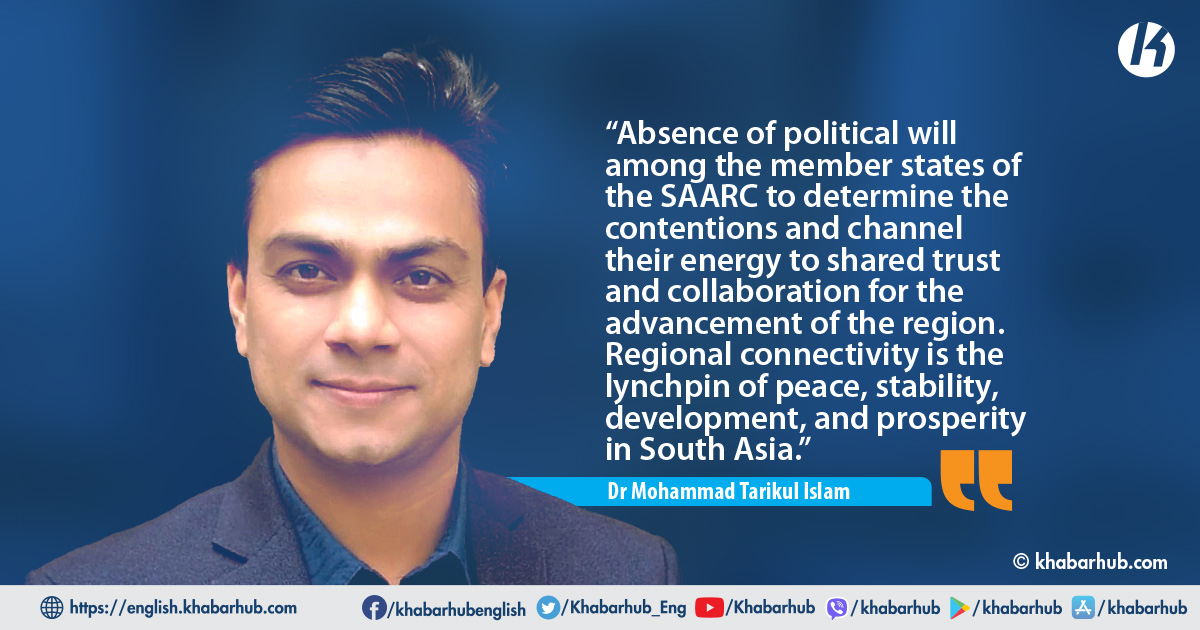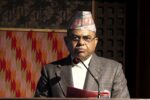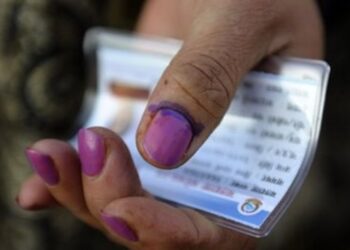SAARC’s advancement has generally been blocked by enduring regional disputes. Clearly, its inadequacy is embroiled in the regional security complex of South Asia.
It couldn’t figure out how to profit from its geostrategic area in world politics and remained poorest when contrasted and different locales.
Dr. Mohammad Tarikul Islam of Jahanigrnagar University (Bangladesh) explains why SAARC deliberately fails to become a regional entity and points out that there is still some hope at the end of the tunnel for its revival.
The South Asian Association for Regional Cooperation (SAARC) was established on 8 December 1985 in Dhaka by signing the SAARC Charter.
SAARC consists of eight member states: Afghanistan, Bangladesh, Bhutan, India, Maldives, Nepal, Pakistan, and Sri Lanka. The Secretariat of the Association was established on 17 January 1987 in Kathmandu.
The objectives of the Association stated in the SAARC Charter are: to promote the welfare of the people of South Asia and improve their standard of living; Accelerate economic growth, social progress, and cultural development in the region, and provide opportunities for all individuals to live in dignity and realize their full potential; Promoting and strengthening collective self-reliance among South Asian countries.
Confronted with the COVID-19 pandemic one of the primary moves by the Indian Prime Minister Modi was to assemble for SAARC to attempt to face the infection that made destruction every nation including the South Asian geography.
Regional cooperation and interaction have become an important feature of the international system. With increasing globalization and the liberalized world calling for interaction between all states, states have witnessed a regional response in an effort to keep their regional connections intact. In South Asia, this need for interconnection has long been recognized.
The reasons for less advancement of SAARC in South Asia are some; all things considered, Indo-Pak contention and India’s big brother attitude in the SAARC district are notable.
Unfortunately, it has constantly been showing descending patterns in earlier years too. Apparently, India, is the biggest power in South Asia, as far as size and populace in this way the wide range of all the other member states take a look at it with doubt and the relations of India with its neighbors aren’t of shared trust making the working of SAARC incapable and worrying.
On the top, there is an absence of political will among the member states of the SAARC to determine the contentions and channel their energy to shared trust and collaboration for the advancement of the region.
SAARC is aimed at promoting the welfare of the people by the way of accelerating economic growth, social progress, and cultural development as well as strengthening collective self-reliance.
The organization also seeks to contribute to mutual trust and understanding among the member countries.
Regrettably, the countries of SAARC have a serious lacking of economic complementarity, rather they are economically competitive markets where each nation sends out generally similar merchandise like spices, cotton, jute, and so forth.
Besides, there is less intra-regional trade in the region which obstructs a combination of economic lines in the sub-continent.
Like the EU, the entire thought of SAARC is a common market. The two associations (SAARC and BIMSTEC) focus on geographically overlapping regions.
Notwithstanding, this doesn’t make them equivalent to other options. SAARC is a simply regional association, while BIMSTEC is interregional and interfaces both South Asia and ASEAN.
To the extent that their regions of interest overlap, SAARC and BIMSTEC supplement each other regarding capacities and objectives.
BIMSTEC gives SAARC nations a remarkable chance to associate with ASEAN. To get every one of the incorporating issues, similar to availability, people-to-people contact and streamlined commerce in the region, it should fall in a spot so the entire region can profit.
One of the many reasons for the impediment to multilateral cooperation between the South Asian countries is that the region is made up of unequal partners.
Identified as one of the poorest, most socially complex and underdeveloped regions in terms of trained human resources, the region struggles to maintain solidarity and cooperation.
Among many countries, India has emerged as a major power in the region while most countries like Nepal are still under the rubric of “least developed countries”.
There is a requirement for brilliant boundaries or consistent availability in the entire region. It includes not only roads and bridges but maritime, railway, telecom, and the rest of it.
India being regionally the biggest, populace astute the largest, development-wise the most evolved nation of South Asia, has the potential and assets in the fruitful operationalism of the SAARC programs.
Inferable from nearness among South Asian states, cross-border cooperation is inescapable if the decrease of contentions, tackling the menace of terrorism and smooth exchange is the aim of South Asian leaders.
Confronted with the COVID-19 pandemic one of the primary moves by the Indian Prime Minister Modi was to assemble for SAARC to attempt to face the infection that made destruction every nation including the South Asian geography.
The SAARC virtual gathering was huge for an assortment of reasons, not exclusively were the SAARC leaders meeting interestingly since 2014 yet additionally, the conditions were admirable.
Modi initiated the voluntary COVID-19 Emergency Fund for the SAARC countries for emergency medical supplies and kits. In recent months many of the member States Bangladesh, Nepal, and Sri Lanka have been clamoring for SAARC to become a more functional organization.
The pandemic has shown a compelling method of utilizing the stage that SAARC gives to work toward the common interests and prosperity.
Bangladesh believes that the success of SAARC for regional integration, despite some setbacks, is still prospective.
Undoubtedly, Bangladesh attaches great importance to SAARC and wishes to see it as a vibrant regional organization.
Bangladesh is committed to the principles and objectives of the SAARC Charter. Bangladesh consistently sees that the SAARC must keep working.
Coherently, the Prime Minister of Bangladesh Sheikh Hasina, on the sidelines of the World Economic Forum (WEF) Annual Meeting 2017 at Davos, asserted that “SAARC is as yet alive.” She unequivocally accepts that the South Asian region with its geographical proximity has great potential for cooperation in the connectivity sector.
The smaller countries need to particularly push India to be the big country with a big heart, and to do this it has to put resources into multilateral discussions.
Progress and success stories in those areas could serve as an inducement for other areas and lead to the evolution of SAARC as an effective organization, I consider.
India being regionally the biggest, populace astute the largest, development-wise the most evolved nation of South Asia, has the potential and assets in the fruitful operationalism of the SAARC programs.
It ought to deny its one-sided approach and should assume an instrumental part in advancing deregulation and free development inside its neighboring countries.
Interestingly, India shares its territory line with a large portion of the SAARC nations. Bearing in mind the regional dynamics, a realistic option for South Asian countries is to believe in the value of functionalism, which would mean avoiding debatable issues at this stage, for enhancing cooperation through SAARC.
Notwithstanding numerous loopholes, I trust SAARC has not been totally latent. What should be guaranteed, notwithstanding, is that SAARC advancement or improvement ought not to get involved with the strategic operation in the region.
In this vein, a lot remains to be done. Nevertheless, with a logical and feasible way forward encounters can be turned into opportunities.
Distinct cooperation between countries with their separate political interests in the South Asian region will only create a stalemate that will hamper the prospects for regional development and cooperation.
To ensure the revival of regionalism in South Asia, it is imperative that all member states work to address their rival political interests and differences.
As far as hostility between India and Pakistan is concerned, problems among any two members should not worry about the progress in cooperative endeavors among other members in other sub-regions of SAARC.
Progress and success stories in those areas could serve as an inducement for other areas and lead to the evolution of SAARC as an effective organization, I consider.
Again, regional connectivity is the lynchpin of peace, stability, development, and prosperity in South Asia. It ought to be remembered that SAARC isn’t implied distinctly for economic cooperation but also for cultural and people-to-people contact, and for all the resource sharing in the region.
(Dr Mohammad Tarikul Islam, a regular columnist on local governance, geopolitics, forced migration and foreign relations of Bangladesh towards South Asia, is an Associate Professor in the Government and Politics department at Jahangirnagar University)









Comment